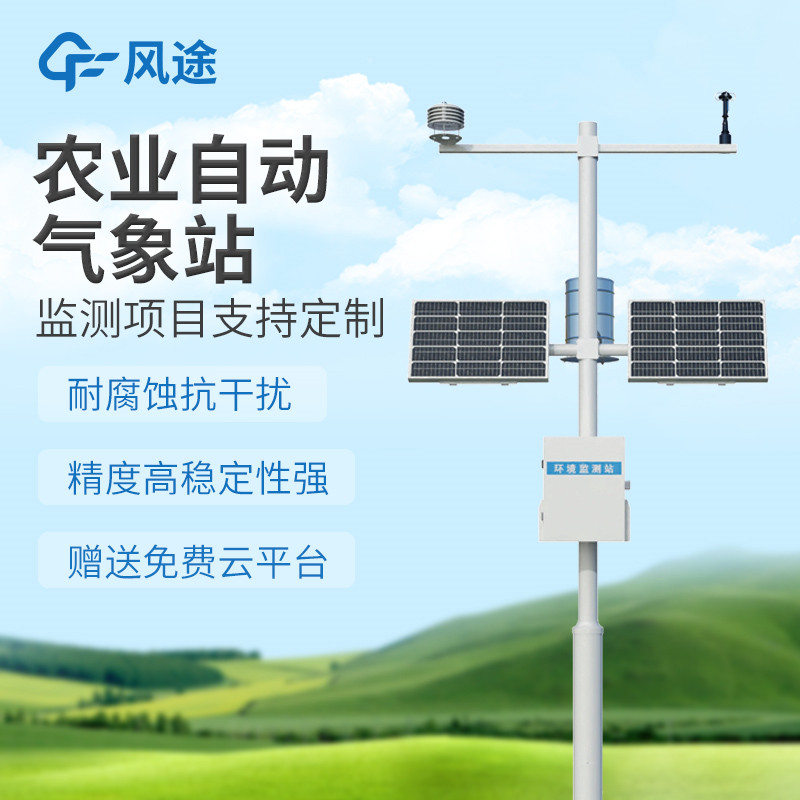Facility agriculture, such as greenhouse farms and intelligent livestock farms, provides a relatively controllable growth environment for crops and livestock. However, even so, meteorological factors still have an impact on production, so the installation of meteorological stations is necessary.
In facility agricultural production, meteorological elements such as temperature, humidity, illumination, and carbon dioxide concentration are crucial to every stage of crop growth. Take greenhouse vegetable cultivation as an example. Different vegetable varieties have strict temperature requirements. Excessively high temperatures can inhibit photosynthesis and even cause burns to the crops; conversely, temperatures that are too low may lead to growth stagnation or frost damage. High humidity makes it easy for various pathogens to breed, making crops prone to diseases like gray mold and downy mildew. When the humidity is too low, the water transpiration of leaves is too rapid, causing them to wilt easily and affecting nutrient absorption. Light is the energy source for photosynthesis. Insufficient illumination reduces photosynthetic products, slows down crop growth, and significantly reduces both the yield and quality. As a raw material for photosynthesis, a low concentration of carbon dioxide also limits the photosynthetic efficiency.
The emergence of Agricultural Weather Stations has addressed these issues. It is equipped with a variety of sensors that can monitor meteorological information in real time, including temperature, humidity, light intensity, carbon dioxide concentration, wind speed, and wind direction. On one hand, this data provides a basis for decision-making by managers. For instance, when the temperature is too high, ventilation equipment can be activated promptly; when there is insufficient light, artificial lighting can be supplemented. On the other hand, the meteorological station can also achieve automatic control, interacting with systems such as ventilation, shading, and irrigation in agricultural facilities. Based on preset parameters, it can automatically adjust the environmental conditions, maintain the meteorological elements within the facility at appropriate levels, create the optimal growth environment for crops, thereby increasing yields, improving quality, reducing production risks, and ensuring the efficient, stable, and sustainable development of facility agriculture.

Article address:https://www.sqqx.net/en/news/638.html

 +86 15898932201
+86 15898932201



